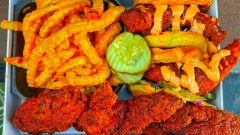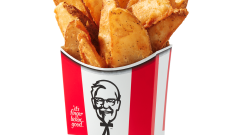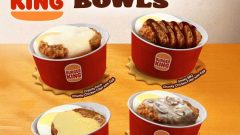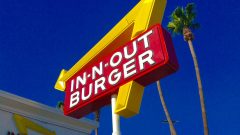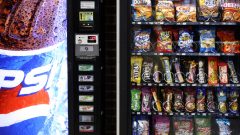Man Claims Spending $140,000 On Meals Made Him $992,000 in Deals
In a recent entry on his Quick Sprouts blog, serial entrepreneur and internet marketer Neil Patel claims he’s profited from eating out. After averaging how much money he had spent on eating out in the past 12 months, he couldn’t believe it. However, as he reviewed his profits and so-called losses from these meals, he found that he had made much more in business deals over these lunches than he had spent on them.
The Cost of Paying for Meals
Patel calculated that he averaged $218.02 per meeting with clients over 603 meetings, which cost him $138,491.42 in total.
Of his total meal spend, 37% ($51,491.28) went to picking up the tab for meals with coworkers, because, as Patel puts it, “Without them, my companies would not exist.”
There were also six fine dining meals with potential clients that cost him over $5,000 each.
Return on Investment
According to Patel, he generated $520,000 in revenue from the $72,489.31 he spent on entertaining clients.
Of the $14,510.83 Patel spent on meals with other entrepreneurs, he says it increased his revenue by a total of $472,000.

Neil Patel, Image via Foundr
When to Pay
While it’s polite, Patel reminds us that paying for meals isn’t something you do every time, just at appropriate times. He follows these three general rules of thumb:
1. Coworkers and employees – always pay for their meals because they work extremely hard for you. If they aren’t working hard, you should rethink who you hire.
2. Potential clients – you shouldn’t necessarily take them to the most expensive restaurants, but you should try to pay as a courtesy. Just make sure to keep the costs low as paying for meals doesn’t necessarily mean more revenue.
3. Fellow entrepreneurs – I always try to pay for meals. This is not because I am looking for an ROI, but because I want to show respect. If I invite someone out to a lunch or dinner meeting and they take the time out of their busy schedule to do so, I always try to pay.”
Patel stresses that it’s all really a numbers game, since out of the 603 meals he paid for, only 17 (2.8%) converted into deals. That’s not stopping him from continuing to pay for meals, however.
He writes:
“Does this mean I will be paying for fewer meals? Probably not. Instead, I’ll just be more careful when selecting restaurants and try to avoid $5,000 bills.”
Written Ben Wynkoop of NextShark




